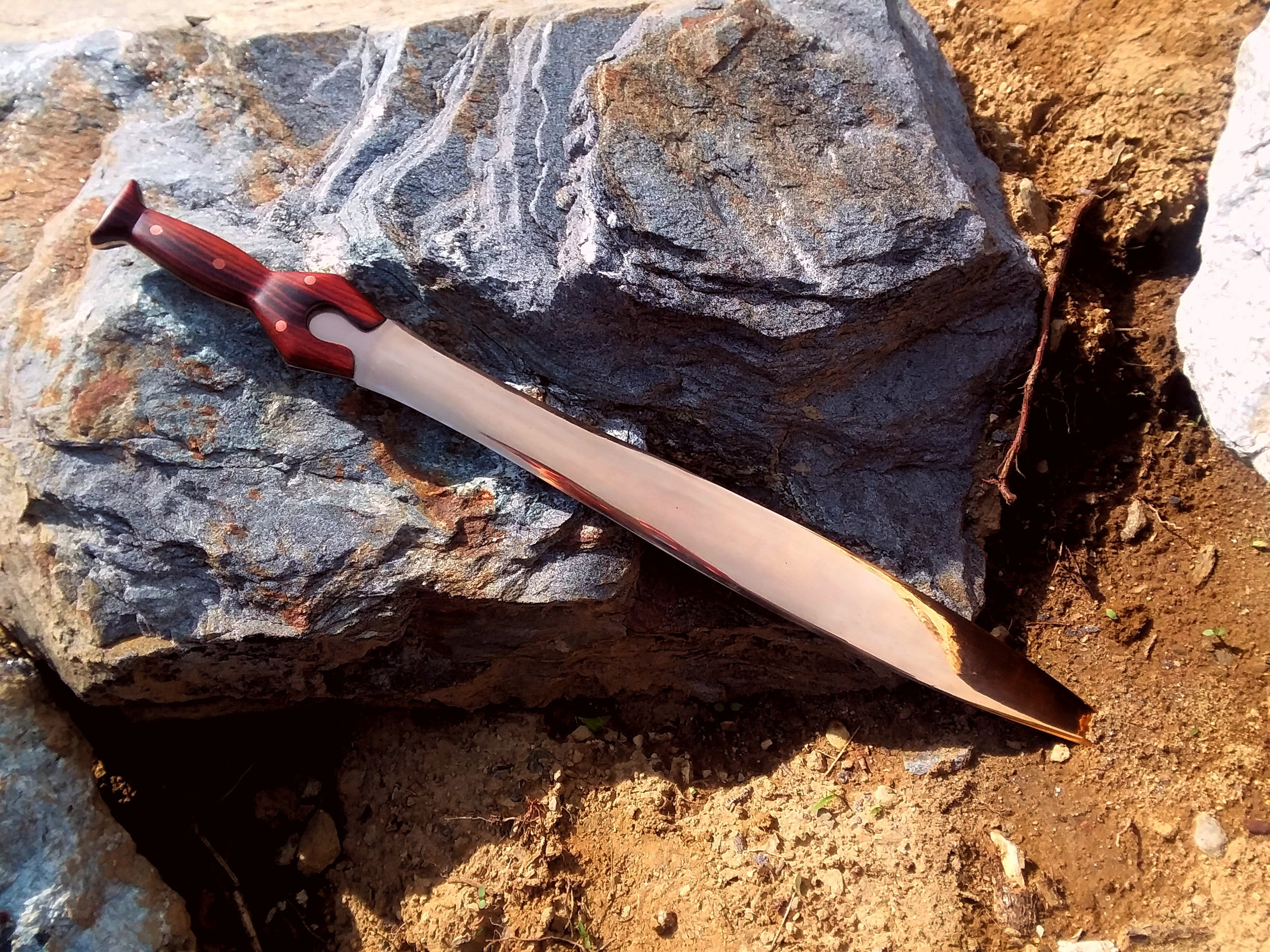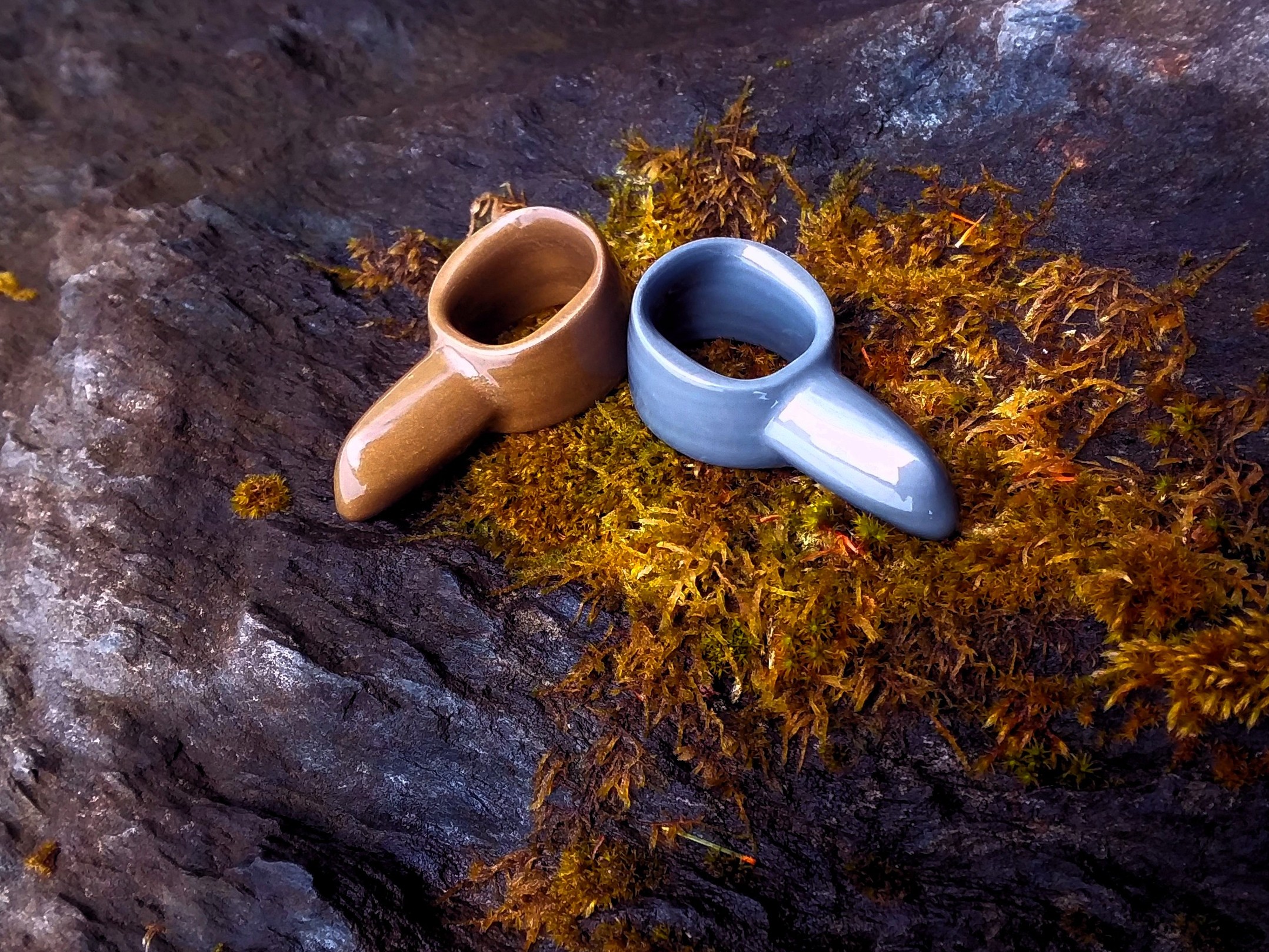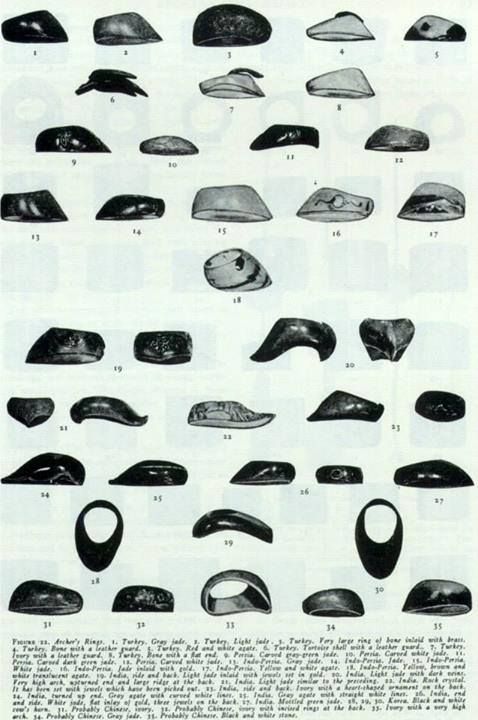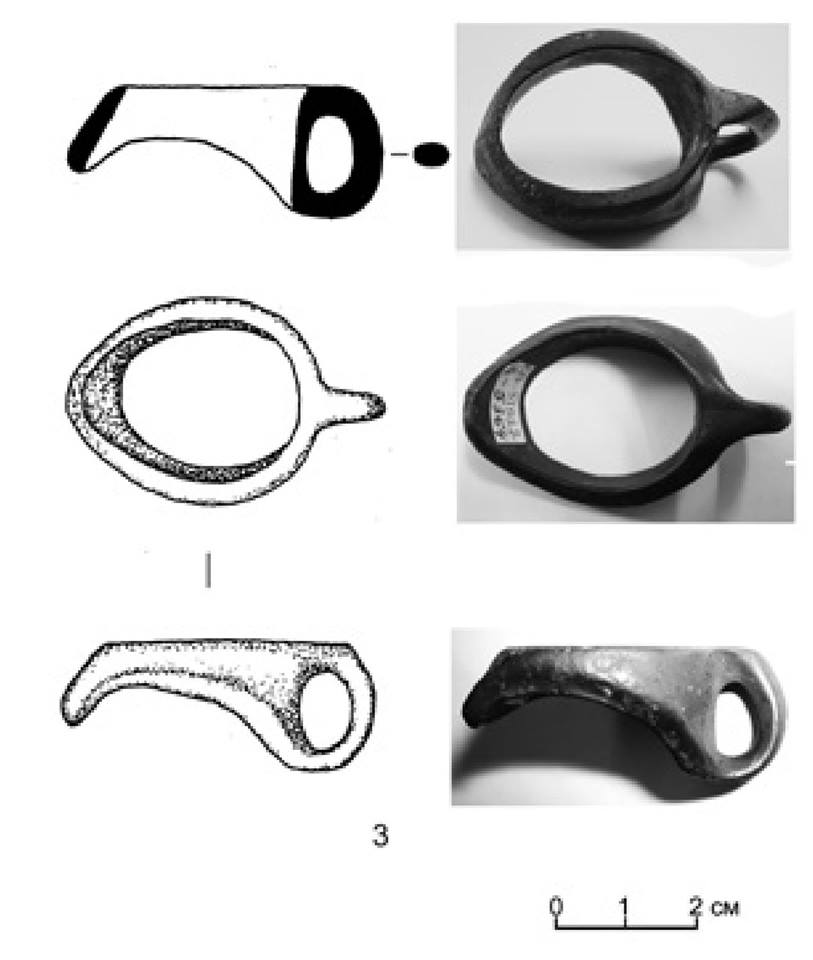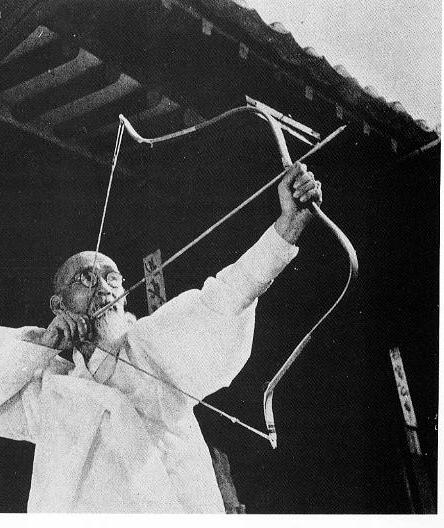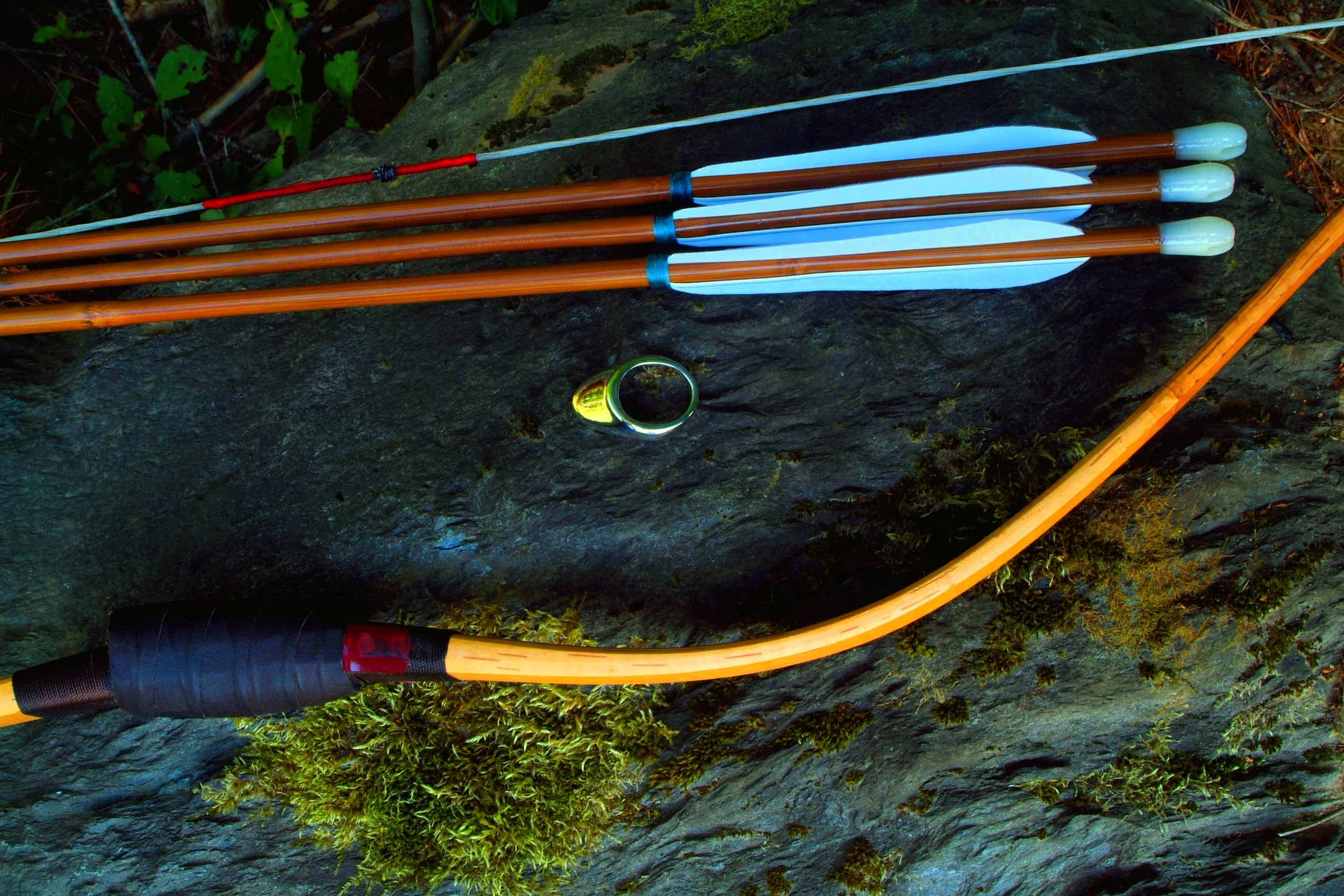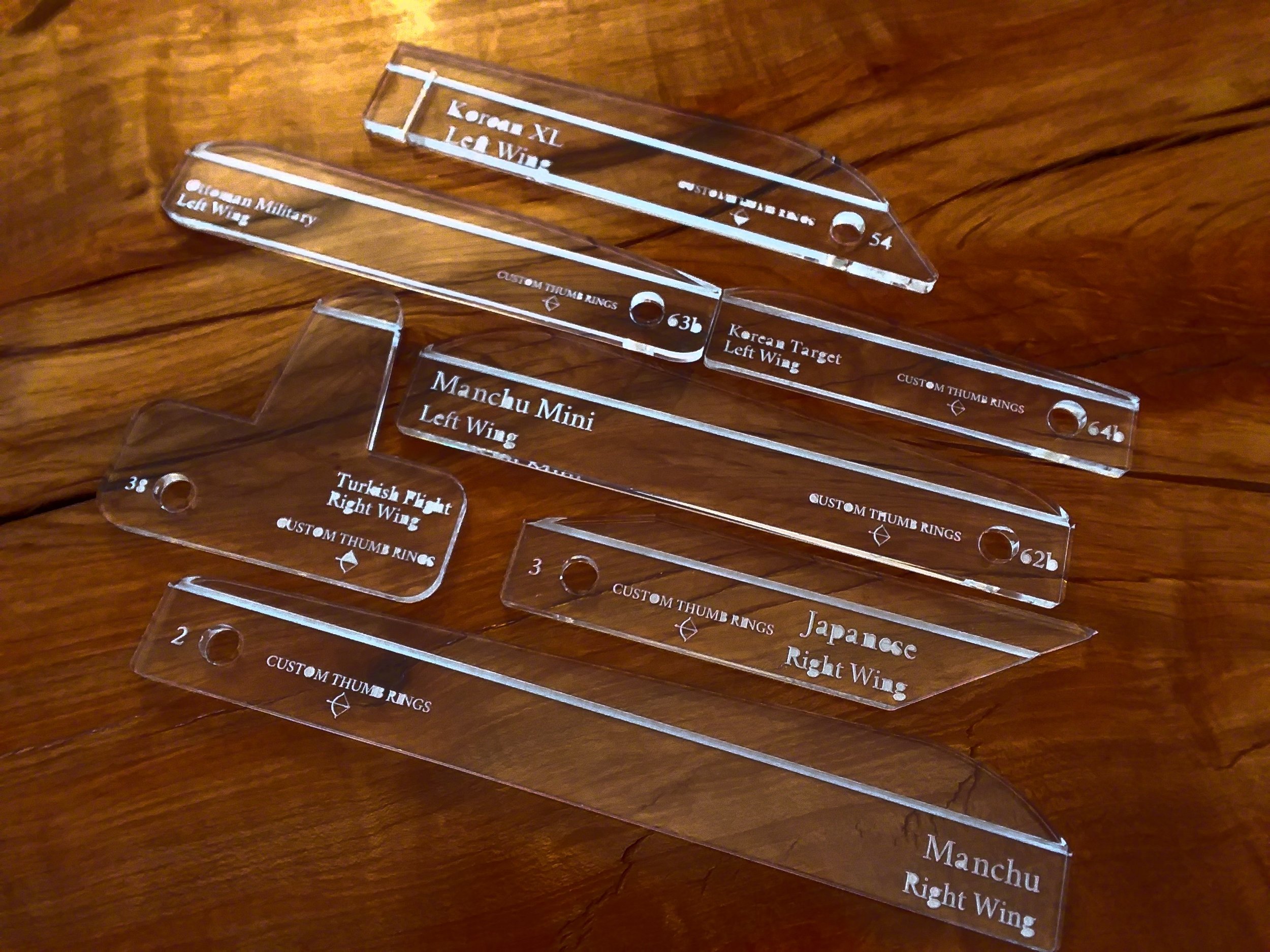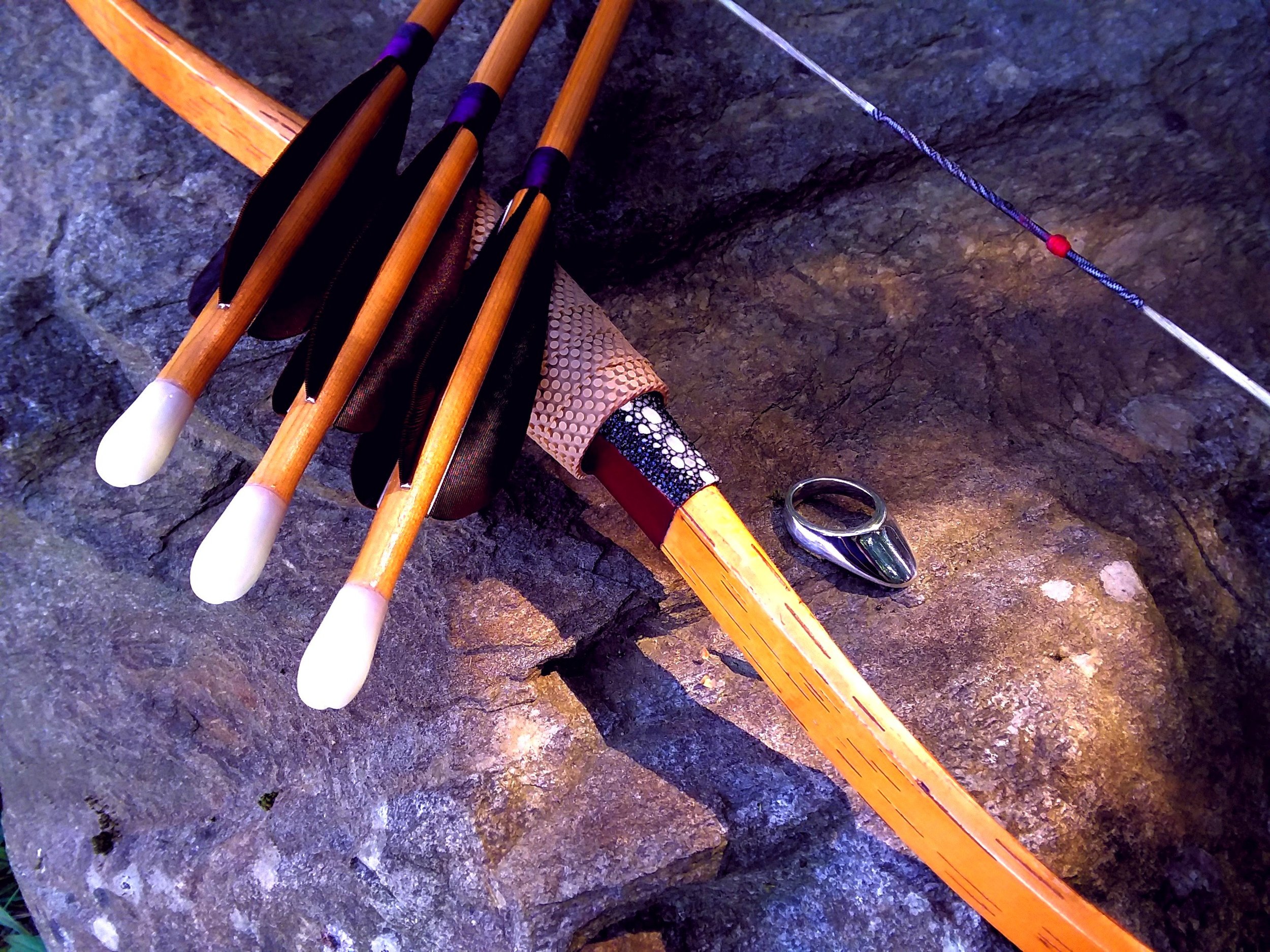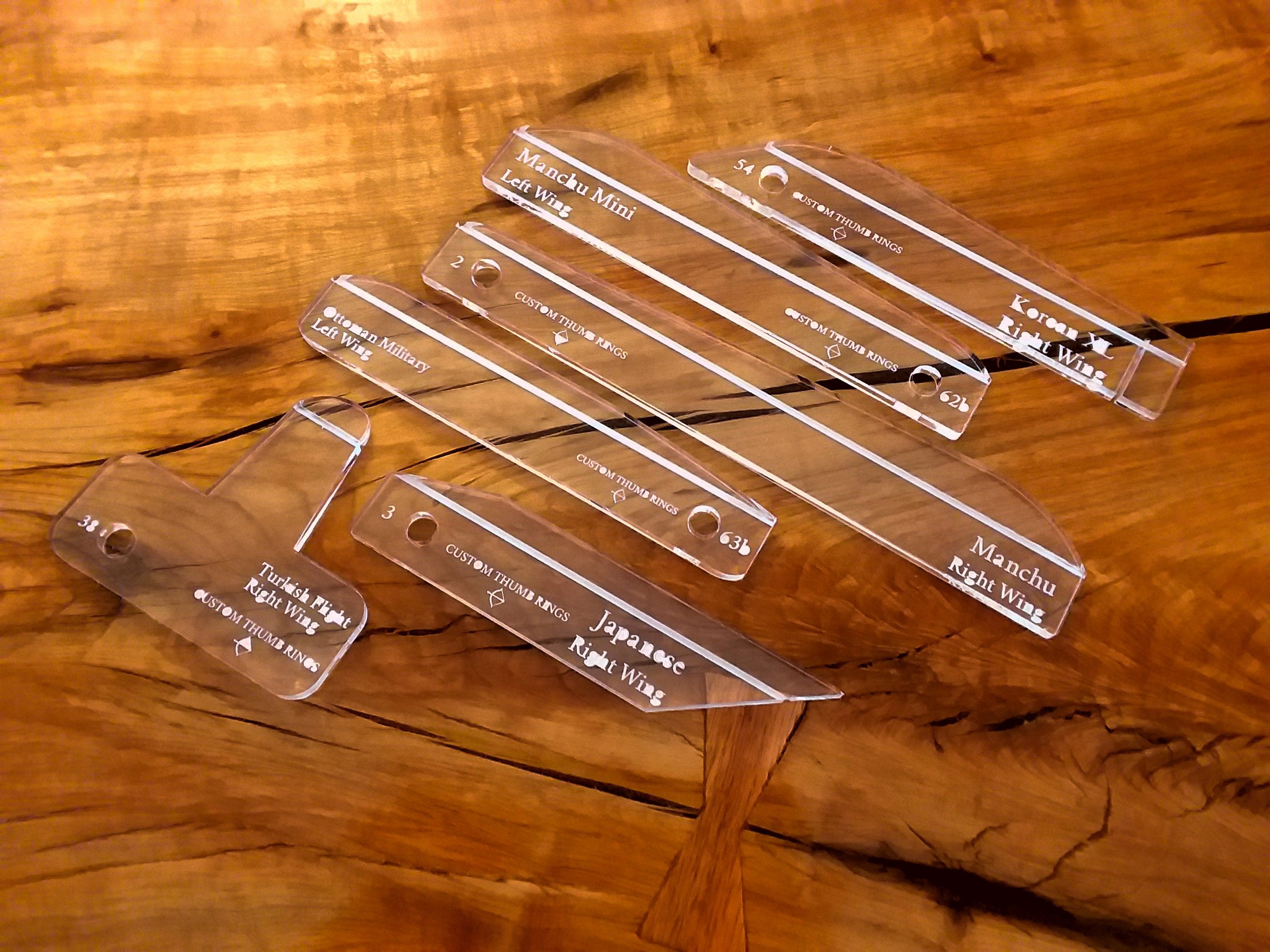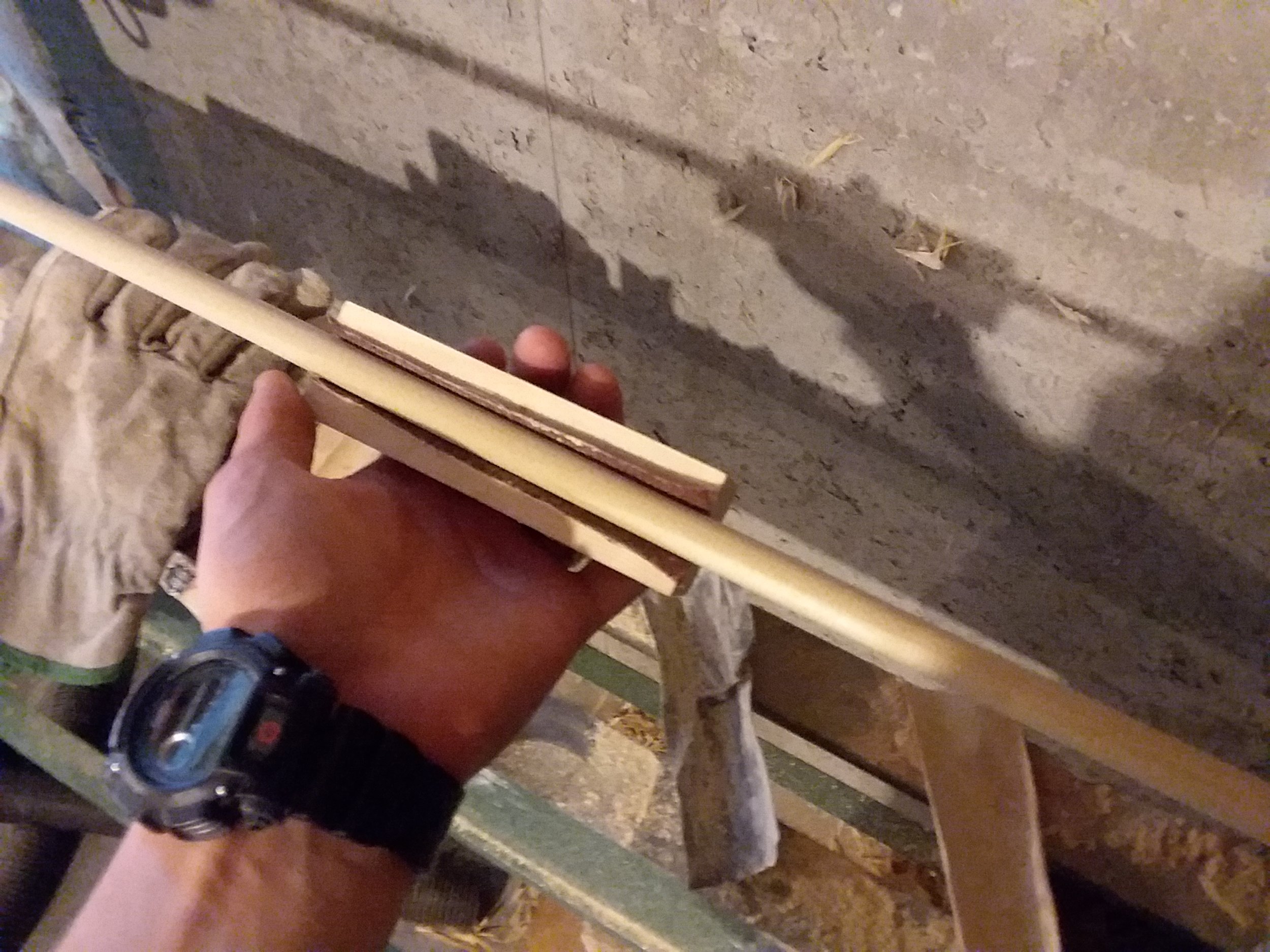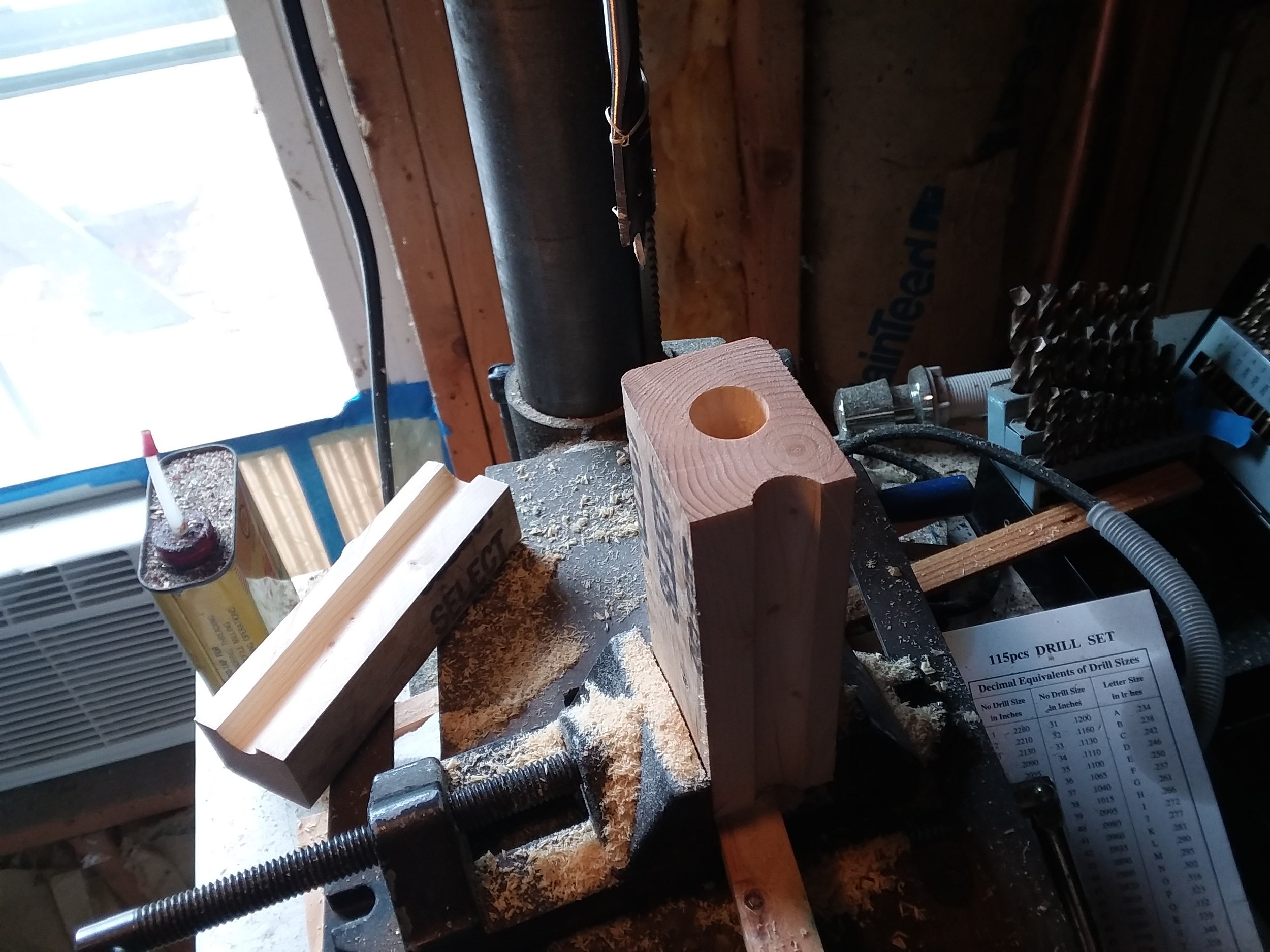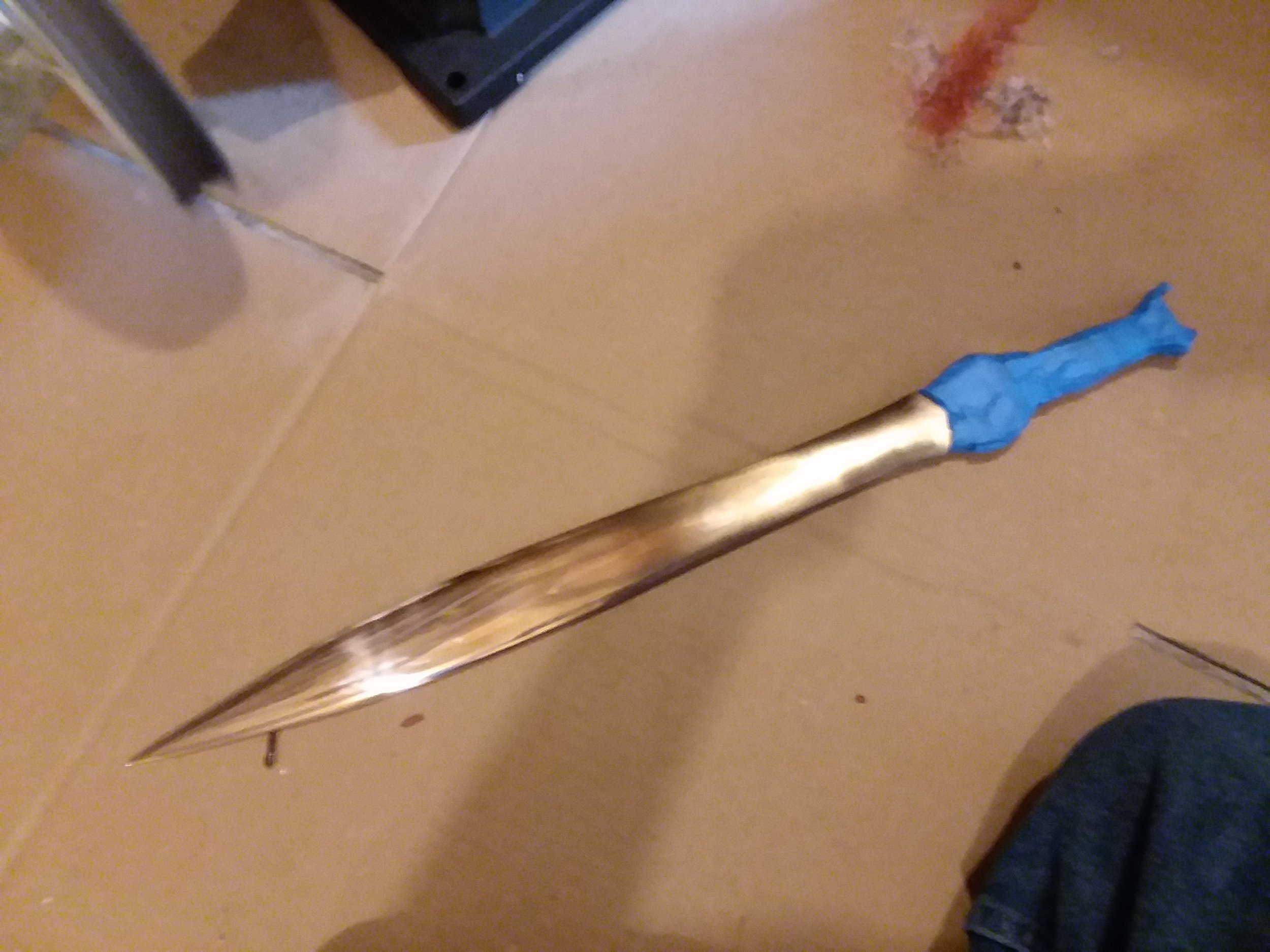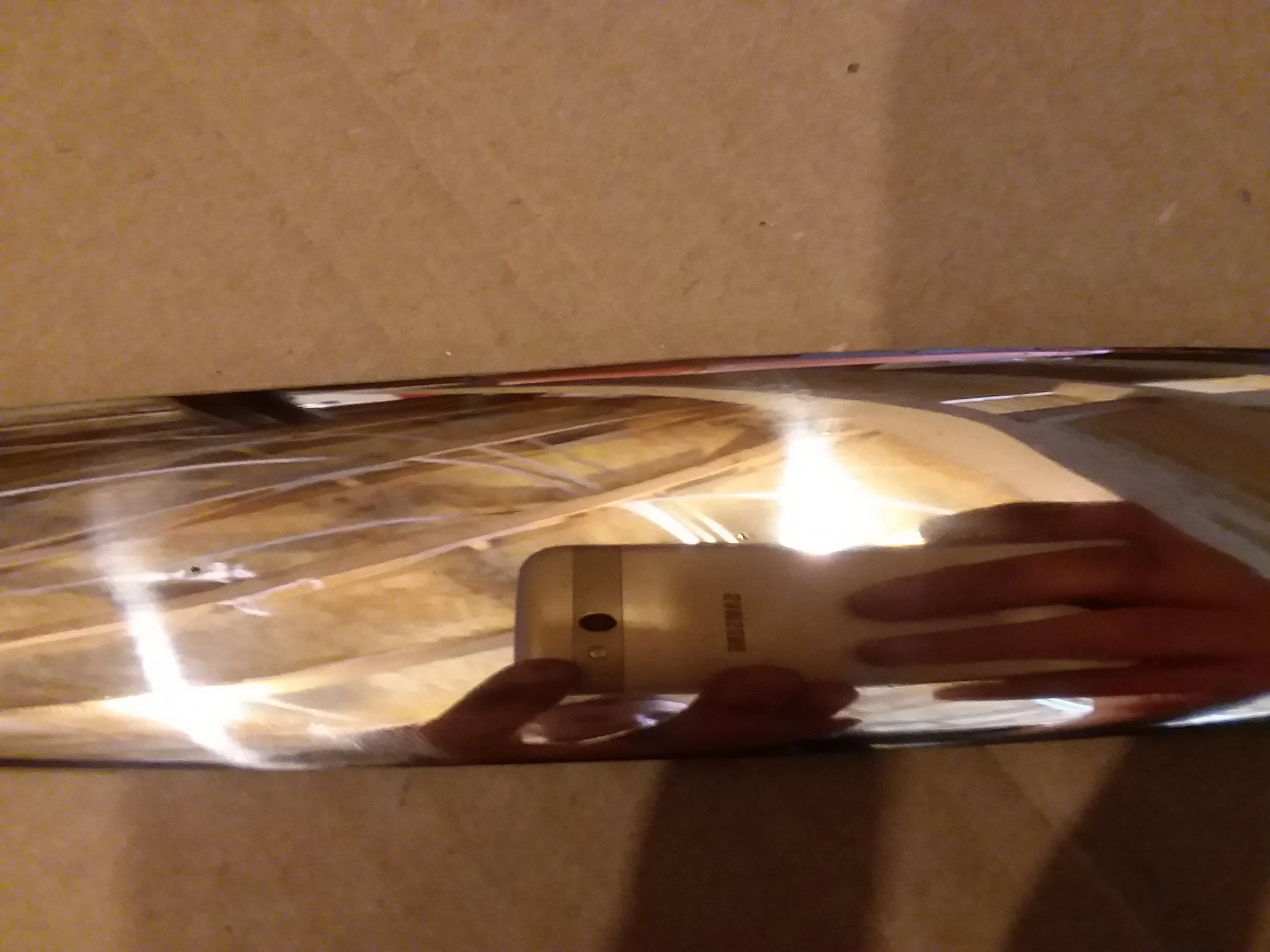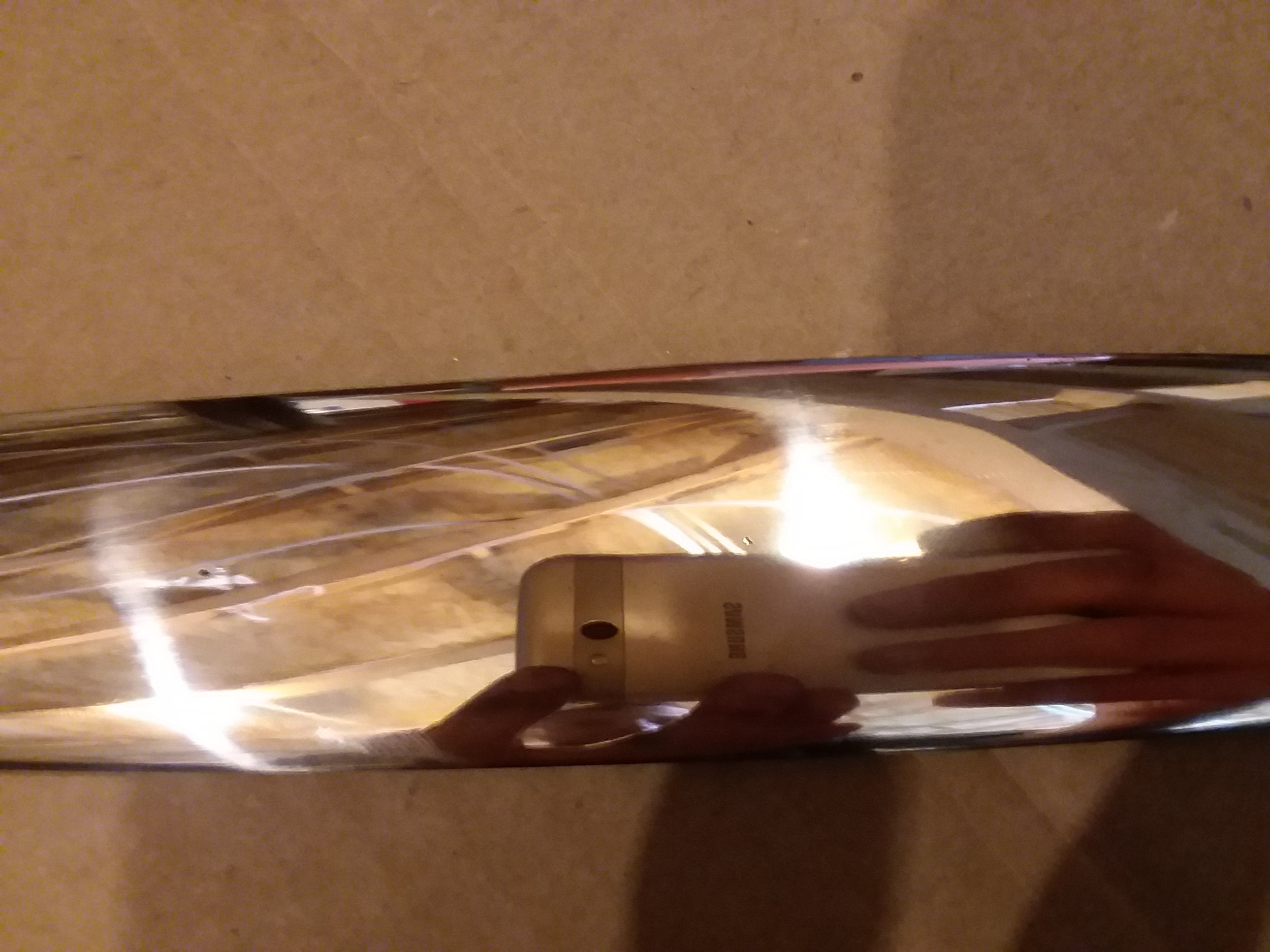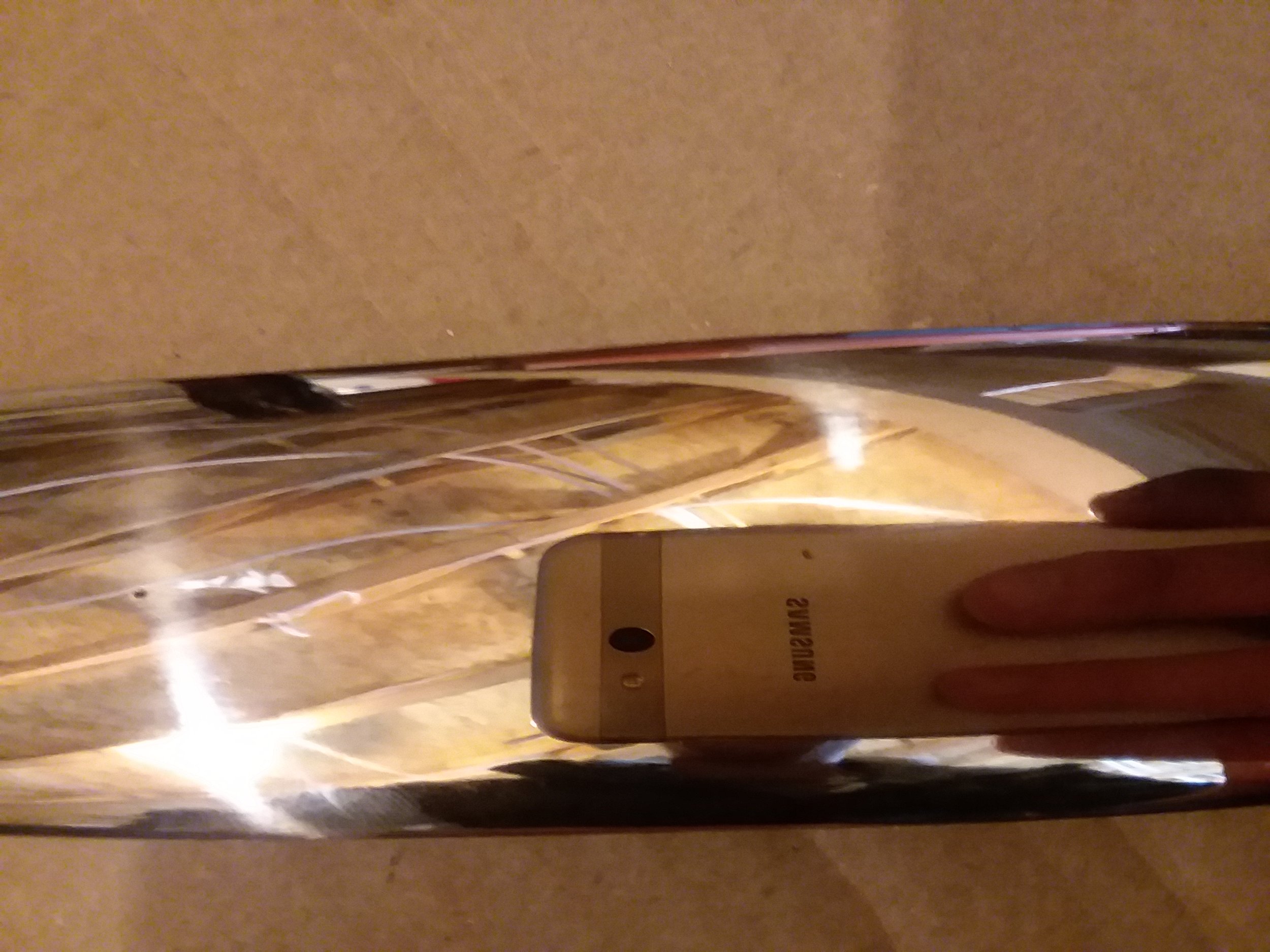Bow Performance Project - English Longbow
Silent Thunder Ordnance
This is a big one, the long standing debate on the merits of the the famed English Longbow/Warbow versus the Asiatic composite bow. Perhaps before setting out on this comparison though I should note a simple reality and associated reasonable expectation: while there are a lot of hotly disputed details, the English Longbow is broadly a single style/type of bow with singular morphology and construction. This contrasts greatly with Asiatic composite bows which (arguably) exist in a significant military context over a much broader span of time, space, function, material, and style. Thus it should be expected that the EWB can not exceed the composite bow in all categories simultaneously. There is also the very reasonable argument that the EWB is a tiny fraction of the manufacturing cost and complexity of a composite bow, which given that war is an economic entity as much as a technological one is a non-trivial detail.
The English Warbow Society has been an invaluable resource for the research of this article, and the majority of specifications have been drawn from their publications. For example, while immensely powerful, EWBs may have operated in the range of approximately 10GPP.
To this end we sourced an English Warbow from a very polite and well reviewed gentleman ArcheyBowman. We liked it so much a second longbow in a more everyday poundage was also acquired. What can I say, they're massive, unwieldy, and yet beautiful, elegant, simple, and fun to shoot. There is just something about them. We're no stranger to stickbows here at CTR, but there is just something about these longbows that sets them apart and gives them a magic all their own.
The warbow is nominally 90#s@32", 76" long overall, made from a solid piece of hickory with horn nocks, bears the famous compass tiller, 5/8ths cross sectional-ratio, and conforms to all specs from the English Longbow Society for Proper Longbows. Actual length tip to tip is 77-3/4", 75" nock to nock. Mass is .775 kilos. After a bit of shooting, the F/D testing, etc the bow seems to have settled at 1-1/8" set.
The longbow is nominally 55#@32", 76" long overall, hickory backed curly oak, and bares the same style albeit considerably smaller. Actual length tip to tip is 76-3/4", 74-1/2" nock to nock. Mass is .6 kilos. If that number jumped out at you, you're not alone. There is a lot going on here, but if we assume a poundage to bow mass ratio of 116.13 (that of the warbow), based on its mass this longbow should project out to 70 pounds not 55. Before you finger the oak, it is worth noting that the RELATIVE DENSITY of hickory is actually very comparable to that of oak. (hickory is nominally higher, but likely insignificant) It is hard to say if this increased mass will show up when we chrono, I personally was surprised the bow wasn't lighter as the tips and nocks are much smaller, however what I can say is that due to being laminated this bow has taken zero set.
The force-draw curves of both these bows are subtly different from that of the Asiatic composite bows. Whereas the Asiatic bows climb quickly in early draw weight, level out in the middle, and climb again toward the end of the draw, the longbows are quite linear. To my surprise though, that linearity is continued all the way to full draw. I had anticipated a draw curve which looked more like an exponential growth curve, but it just didn't materialize. As a result, slopes and % gained in the last 2" are both right in the middle of the pack for both bows. No stacking here. And no stacking on a bow which is almost 100 pounds is an unexpected but very pleasant surprise. (we're not EWB experts here remember)
As we get to stored energy, things get even more interesting. There was definitely the expectation that, given no recurve or complex limb geometry, these bows would simply store less energy for their draw weight. Not true. The warbow is less than 3 foot pounds shy of storing 1:1 foot pounds to pounds draw force. The longbow ends up 3 pounds over. Again we're impressed. Another interesting note is that the warbow has 50% more poundage than the JZW Manchu (90 versus 60), both bows are ostensibly drawn to their safe physical/mechanical limits, both bows are quite heavy, both bows were designed to fire arrows of comparable (high) mass, and yet the warbow stores only 5 more foot pounds of energy at full draw. Apples to oranges? I think quite the opposite actually, two different bows from different ends of the same continent designed to do essentially the same thing: fire extremely heavy arrows at medium velocity against armored opponents.
The Stored Energy/Poundage curve tells more of the story. Both bows start out toward the bottom of the pack, and just never claw it back. In a field of bows with levers on the ends resulting in fat mid-range power bands, I'm just impressed neither were at the bottom. The Warbow managed to beat out the lowest performer in this category we've ever tested, the Elong Yuan, by just a whisker. The longbow actually managed to finish in the middle of the pack, beating out quite a few other bows. In both cases though, this is attributable to the other bows beginning to stack rather than the longbows gaining efficiency toward the end of the draw. Had we run these tests at only 29", the Warbow would have been stone dead last and the Longbow only would have beaten the Elong Yuan and Grozer. Fair is fair though, and more than a few of us were both surprised and impressed. As long standing "Asiatic elitists" confident in the superiority of our advanced bow designs, the fact that these much simpler bows are contenders came as a real surprise.
There is one final hurdle: the chrono. Surprisingly though, the JZW Manchu actually has the highest mass, so we may be in for a surprise there as well. There is also a question of safe minimum GPP. In the world of Asiatic bows, GPP is a real focus for reasons of bow durability/longevity. Surprisingly, speaking to the bowyer who supplied these two bows however, it doesn't seem to be as much of an issue. He must have sold hundreds of bows by now, but in our conversations revealed a very low failure rate and little concern for GPP. Perhaps I've simply not found the right source, but technical data on English longbows seems to be pretty scarce. 10GPP doesn't seem uncommon, and 3-4GPP in flight shooting is often mentioned as well, without the expected disclaimers of short bow life. Given historical arrow and draw weights, 10GPP even starts to sound conservative. Is the wood or the bow design itself better able to reabsorb excess energy than modern laminates? Are the bows just extremely efficient for their physical mass? What is a safe efficiency level? And lets remember something else important: efficiency doesn't scale. If your bow is 70% efficient and stores 20 foot pounds, it'll have to reabsorb 6 foot pounds. If your bow stores 200 foot pounds and is 70% efficient, it'll have to reabsorb 60 foot pounds. Modern glass and carbon composite Asiatic bows use the same glass and carbon laminates and vary core thickness to adjust poundage (for the most part). They also often fail at the glue joints. This means, despite identical efficiency, essentially the same working material and weak points have to absorb an order of magnitude more energy. This might have something to do with why very few Asiatic bowyers will make modern composite bows at any serious poundage. A notable exception is YMG, whose bows' performance and durability are legend, and they are far and away my favorite brand of bow. If you'll pardon the mild digression, the point is that EWBs are much more cost effective to manufacture, so are available at much more accessible prices in authentic materials and likewise should be expected to perform on par with their historical counterparts. So if a warbow is 180 pounds and shoots a 1750 grain arrow, that is 10GPP on the nose at the upper limits of poundage.
*UPDATE*
After all this testing was completed and I was shooting the hickory backed figured oak bow, I draw and hear that dreaded "pop." The bow had pulled up a nasty splinter on the back, of course right at a grain boundary. It is important to understand that bows break, particularly bows made from natural materials, it is just part of the game. The question isn't whether or not the bow broke, but how the bowyer handles it. In this case I messaged the bowyer, and there was never a moment's question about whether or not the bow would be replaced. Within an hour of the pop, a new bow my choice was on it's way to me. It really doesn't get much better than that.
I confess though, the bow is stunningly beautiful and I have trouble letting go. After some debate, I pulled out the bow on a tillering block to raise the splinter, worked some glue underneath it, and then firmly wrapped the affected area. When that cured I unwrapped it, scraped it, applied a paper backing to the area to transfer some of the strain and hold the splinter, and finally wrapped it again. I don't think it'll save the bow, but I'm hoping I can get a couple arrows throw the chrono at least. It is a real shame because it is just a stunner. Pictures don't do it justice.
